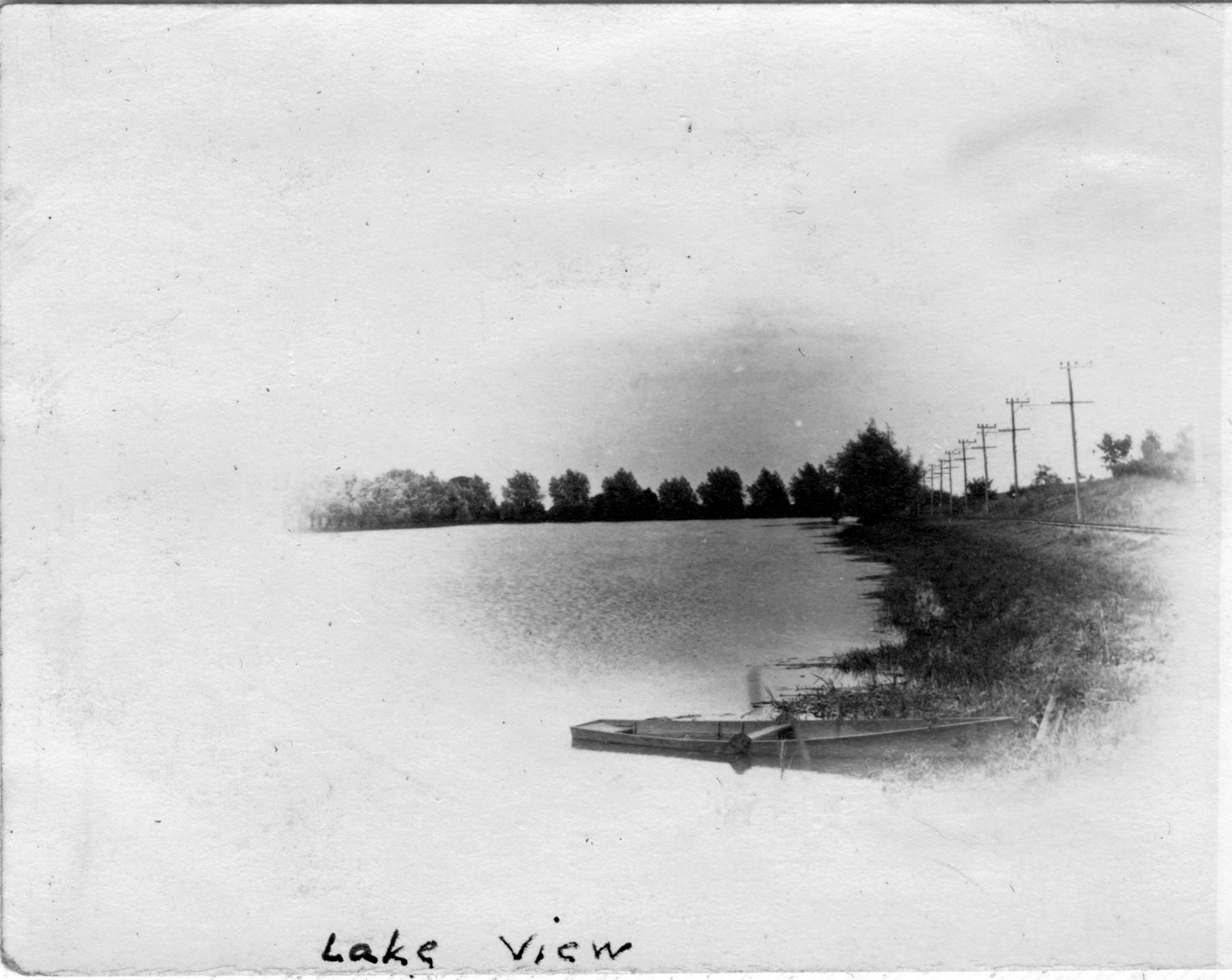Something Fishy’s Going on Here
by James Rada, Jr.
Marylanders are known for their love of crabs, but they also love fish. In May 1917, W. H. Killian of the Maryland State Conservation Commission “made the startling statement that more fish were destroyed than consumed for food,” according to the Hagerstown Morning Herald.
To fight this growing shortage, the Maryland legislature allocated funds to establish a fish hatchery in the state, where bass, trout, and perch could be raised. Members of the Maryland Conservation Commission began touring possible locations around the state to pick the optimum location. At the time, the state was importing live fish from Iowa and New Hampshire. This was costly, so having a hatchery would also produce savings to offset some hatchery costs.
Killian and Commission Chairman W. Thomas Kemp visited Frederick County in May. They spoke to members of the Frederick County Game and Fish Association during a luncheon. Association members also showed Killian and Kemp direction locations in the county where there were streams, rivers, and ponds.
Killian told the group, “What Maryland needs and must have is a general fish law which will protect this industry which, if properly conserved, would add untold quantities of food.”
The commission tested the waters around Frederick County. The members looked at the temperature and flow of Fishing Creek, the Monocacy River, Hunting Creek, and the spring at Fountain Rock across three visits in the county that ended in September.
J. T. Snyder, a fish culturist with the federal government, helped make the final decision.
“I have been in the service of the government for years, and in all my investigation of the waters for the location of hatcheries, the place selected in Maryland near Lewistown is not equaled anywhere,” he said.
The state leased 15 ponds on Fishing Creek and Hell Run from C. J. Ramsburg. Seven acres of the ponds would be stocked with brood bass. The Lake View pond would be used to winter the brood bass, and two of the ponds would be used for bait fish.
“It will save fishermen from paying high prices that have been charged by the sellers of bait fish and will also save the small streams from becoming depleted of their stock,” the Frederick News reported.
Plans were also made to divert Fishing Creek across land David Devilbiss owned. A 40-foot by 60-foot building would be constructed on land Milton Ramsburg owned on Hell Run. The artificial hatchery was planned for the building.
Snyder envisioned the hatchery being able to produce 50,000 fish a year, which meant that the state would not only be able to supply its own needs, but it would be able to export fish to states that needed them. This would further reduce the costs of running the hatchery for the State of Maryland.
Construction on the hatchery began in late October with plans to raise trout, bass, catfish, crappie, bluegills, and bream. It was somewhat of a new venture for the state because the conservation commission was unfamiliar with raising crappie, bluegills, and bream. The bluegills and bream were fed beef liver while the bass and catfish were fed trout.
“They are to be distributed into fresh-water streams, and as each of these species are fish that readily take the hook and line, it will mean not only furnishing many pounds of food to the country generally, but will furnish devotees of the angling sport an unusual opportunity to ply their art,” according to the Frederick News.
The following February, with the hatchery in operation, it was announced that 200,000 trout had been hatched, and another 100,000 eggs had been sent to the hatchery.
By the summer of 1918, the hatchery was releasing black bass, bluegills, crappie, Mississippi catfish, and white catfish into Maryland’s streams. Pond owners could also get stock for their ponds for a small charge that covered the production costs.

The old Lakeview Pond, which was used by the state fish hatchery when it opened in Frederick County.

